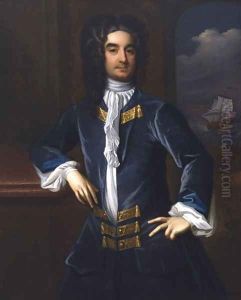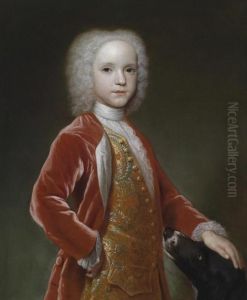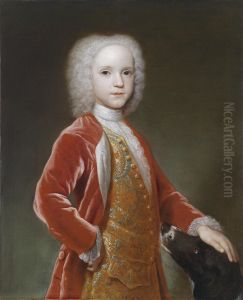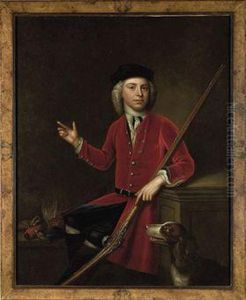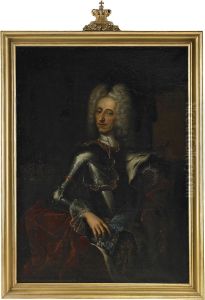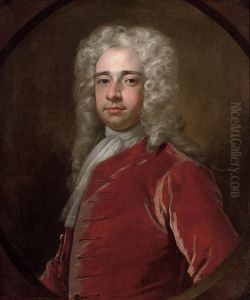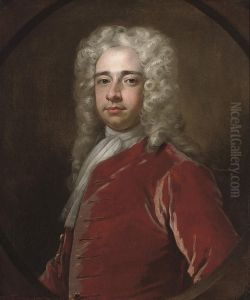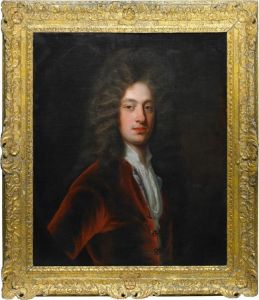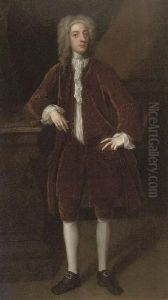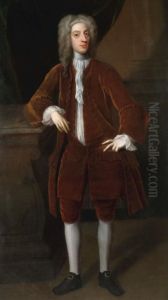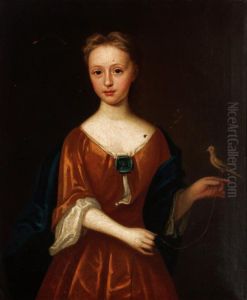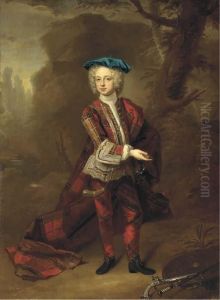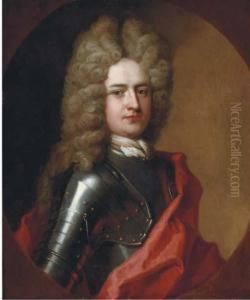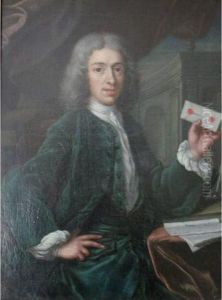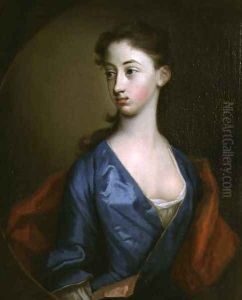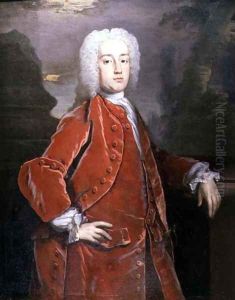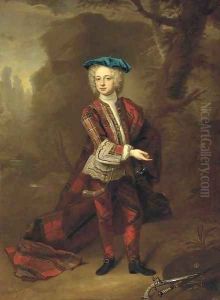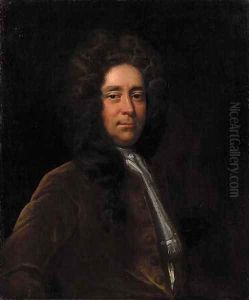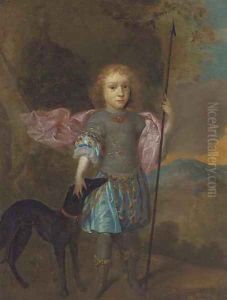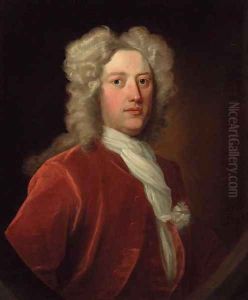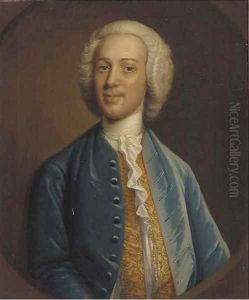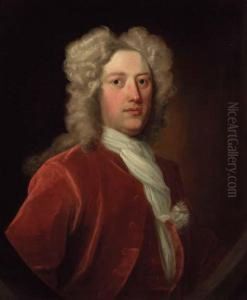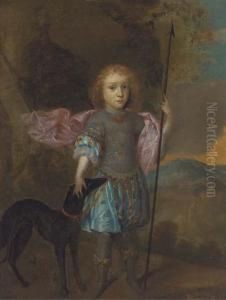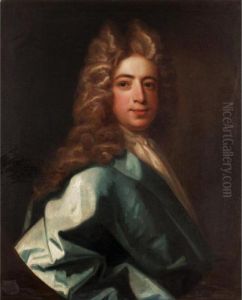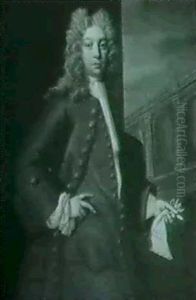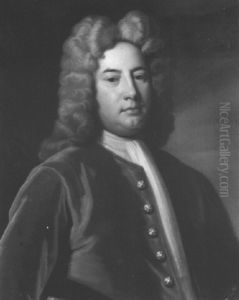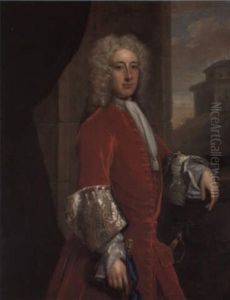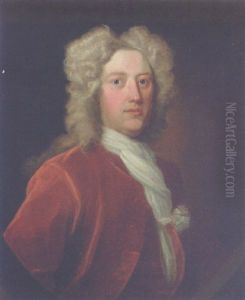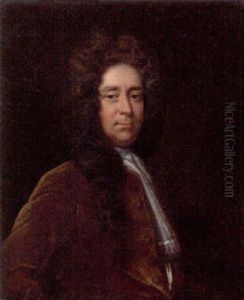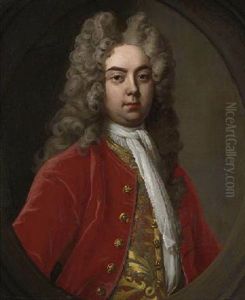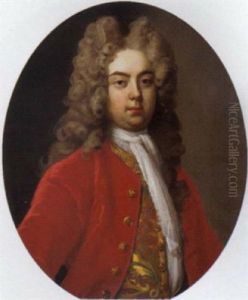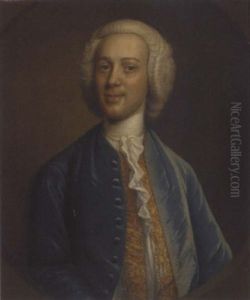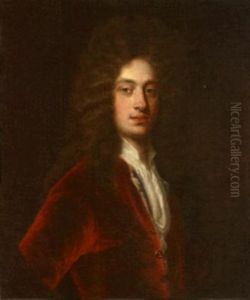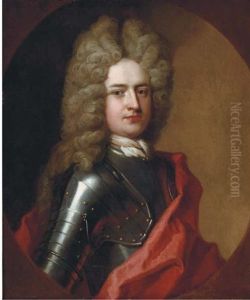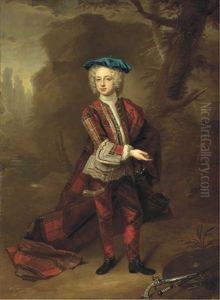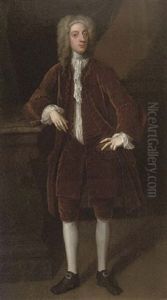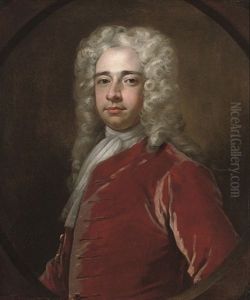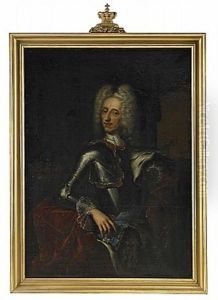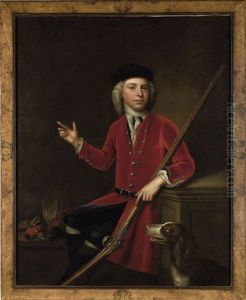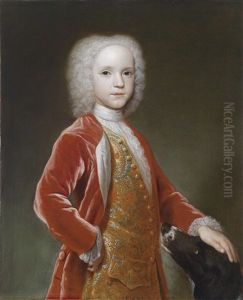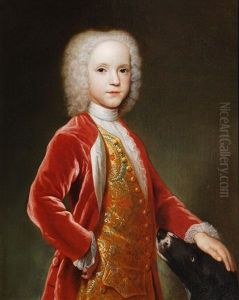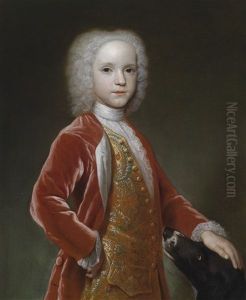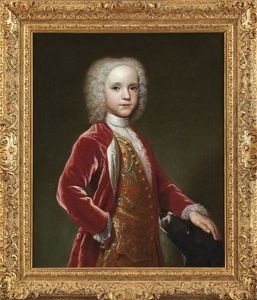Hans Hysing Paintings
Hans Hysing was a Swedish-born portrait painter who spent much of his professional life in England. He was born in 1678 in Sweden and moved to London in the early 18th century, where he became a student of the prominent Godfrey Kneller, who was the leading portraitist in England at that time. Under Kneller, Hysing honed his skills and eventually established his own career as a portrait painter. Hysing’s work was well received, and he painted portraits of many notable figures of his time, including members of the British aristocracy. His style was heavily influenced by Kneller and reflected the Baroque aesthetic that was popular during the period, characterized by dramatic lighting, rich colors, and a sense of grandeur. Despite his success, Hysing did not achieve the same level of fame as his mentor and contemporaries like Sir Joshua Reynolds. Nevertheless, he made a significant contribution to the English school of portrait painting. Hysing's portraits are known for their attention to detail and the ability to capture the character and status of the sitter. Hans Hysing’s career spanned several decades, and he continued to paint until his death in 1753. His works can be found in art collections and have been displayed in historical art exhibitions, contributing to our understanding of the artistic trends and cultural history of the 18th century in England.
